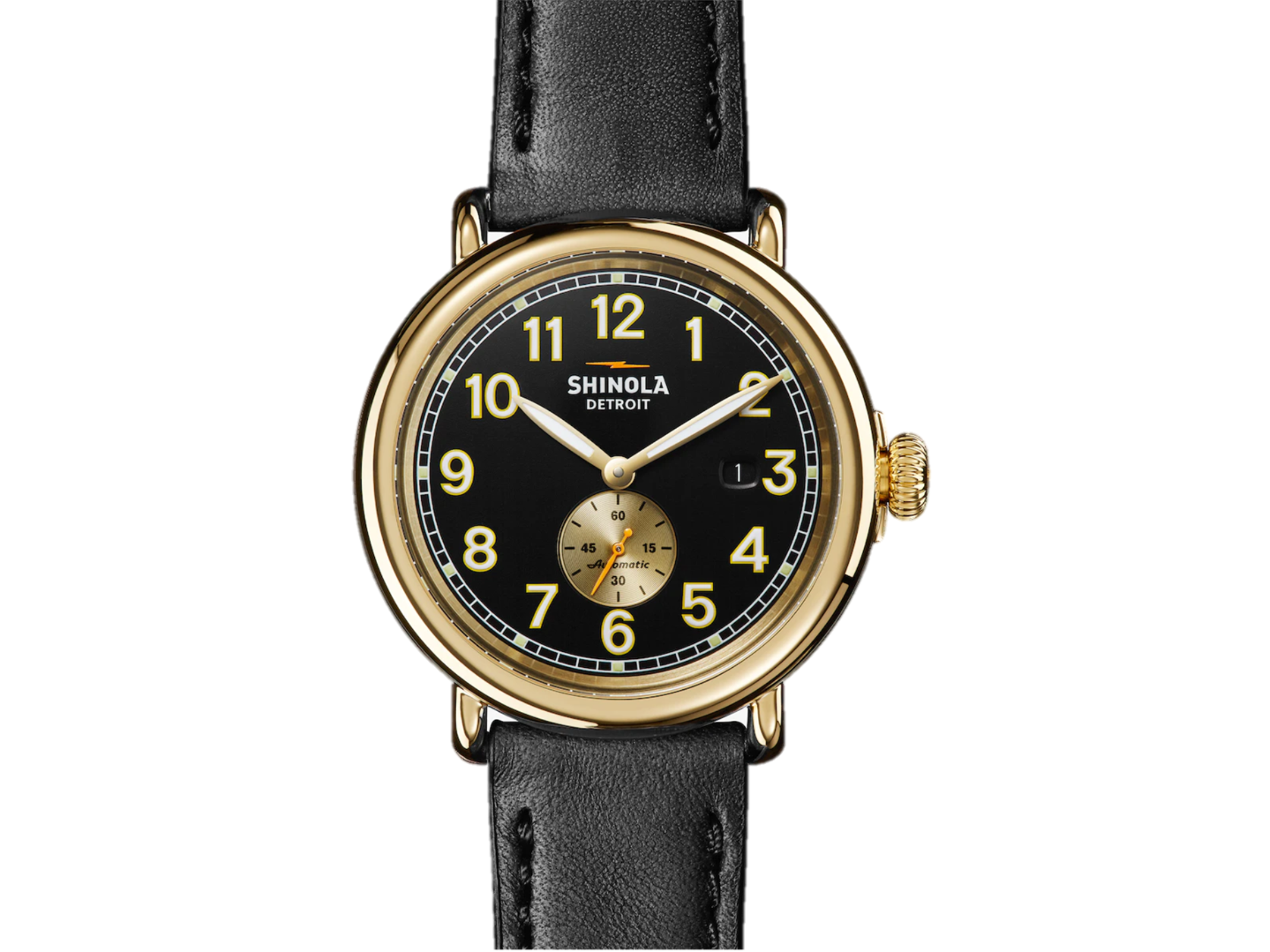Introduction
Once at the forefront of the global watch industry, American watchmaking experienced a decline in the latter half of the 20th century due to the rise of quartz technology and overseas manufacturing. However, in recent years, there has been a remarkable resurgence of interest and investment in homegrown horology. This renaissance is marked by a blend of nostalgic callbacks to classic American watch design, innovative technology, and a renewed focus on craftsmanship, positioning American-made watches as a symbol of national pride and excellence.
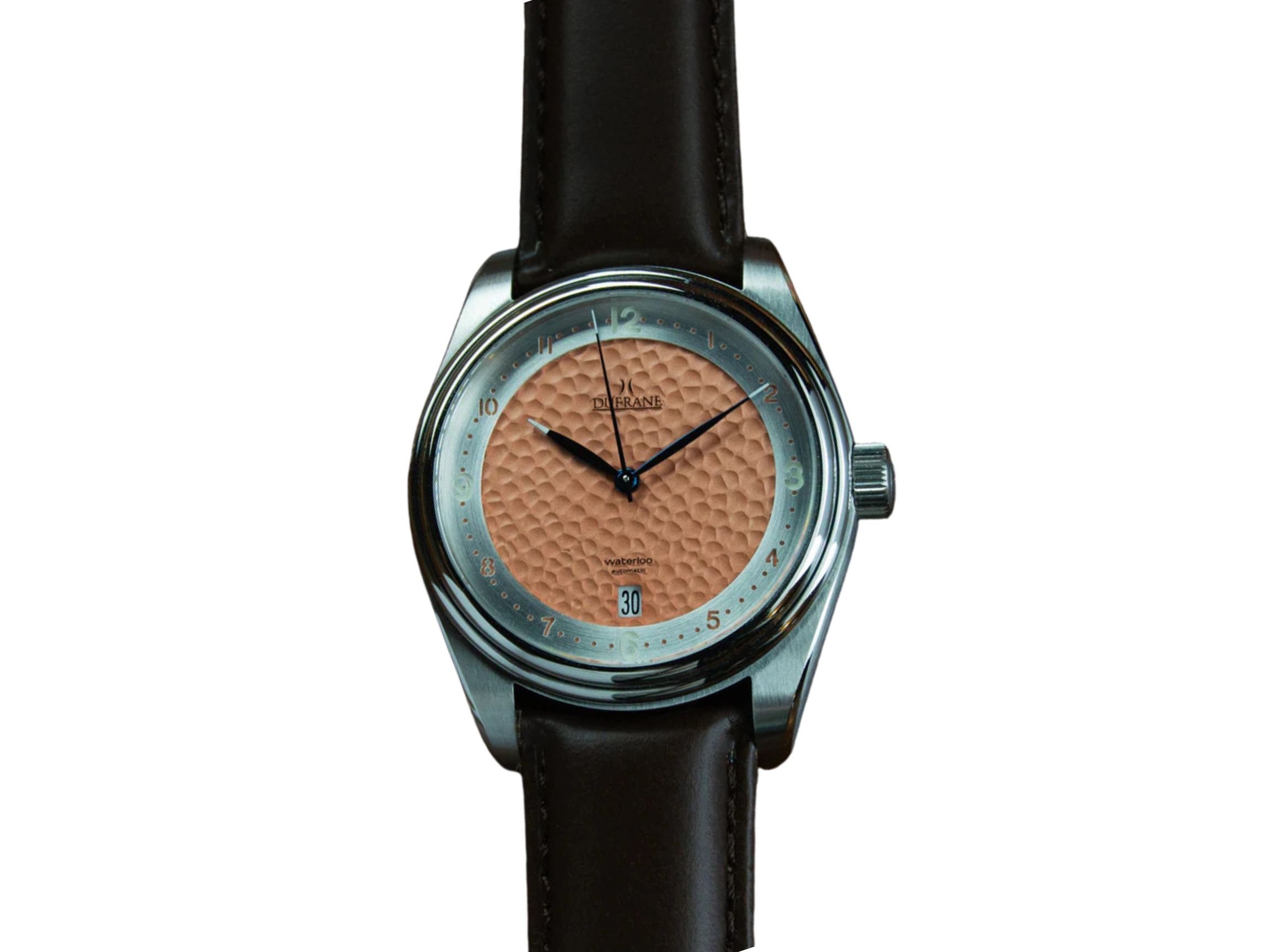
Rediscovering Roots
The story of American watchmaking dates back to the mid-19th century, when brands like Waltham Watch Company and Elgin National Watch Company revolutionized mass production with interchangeable parts, making watches more accessible to the average citizen. This golden era saw America as a world leader in watch production until Swiss dominance and the Quartz Crisis of the 1970s shifted the industry’s landscape dramatically.
Today, a new generation of watchmakers is reigniting this legacy. Brands such as RGM, Shinola, and Weiss Watch Company are leading the charge, combining traditional techniques with modern innovations to create timepieces that embody American ingenuity.
RGM: Preserving Tradition
RGM, founded by Roland G. Murphy in 1992, is one of the few American watch companies that manufacture their own movements. Based in Lancaster, Pennsylvania, RGM pays homage to early American watchmaking with intricate hand-assembled pieces inspired by historical models. Their attention to detail and commitment to preserving horological heritage have made them a beacon for watch enthusiasts seeking authenticity.
Shinola: Revitalizing Detroit
Shinola, established in 2011 in Detroit, Michigan, took on the ambitious task of revitalizing not only American watchmaking but also a city known for its industrial prowess. Focusing on stylish yet affordable watches assembled in Detroit, Shinola became synonymous with urban renewal and American-made quality. Their watches, while utilizing Swiss and other imported components, highlight the potential for manufacturing resurgence in the U.S.
Weiss Watch Company: Handcrafted Precision
Cameron Weiss, founder of Weiss Watch Company in Los Angeles, is dedicated to bringing watch manufacturing back to the U.S. His timepieces are meticulously hand-assembled and feature a high percentage of domestically sourced components, including movements designed and fabricated in-house. Weiss embodies the spirit of modern American watchmaking—embracing the challenge of creating something truly local in a globalized industry.
Innovation and Sustainability
This rebirth of American watchmaking isn’t just about nostalgia; it’s also about innovation and sustainability. Many new brands are incorporating eco-friendly materials, like recycled metals and ethically sourced components, into their watches. They’re also leveraging technology to improve efficiency without sacrificing quality, demonstrating that American watchmaking can be both traditional and forward-thinking.
Community and Collaboration
A key aspect fueling the revival is the growing community of collectors, enthusiasts, and artisans who support and collaborate with these brands. Social media platforms, watch forums, and annual events like the Windup Watch Fair bring together this vibrant community, fostering a shared passion for American-made watches and encouraging dialogue between makers and consumers.
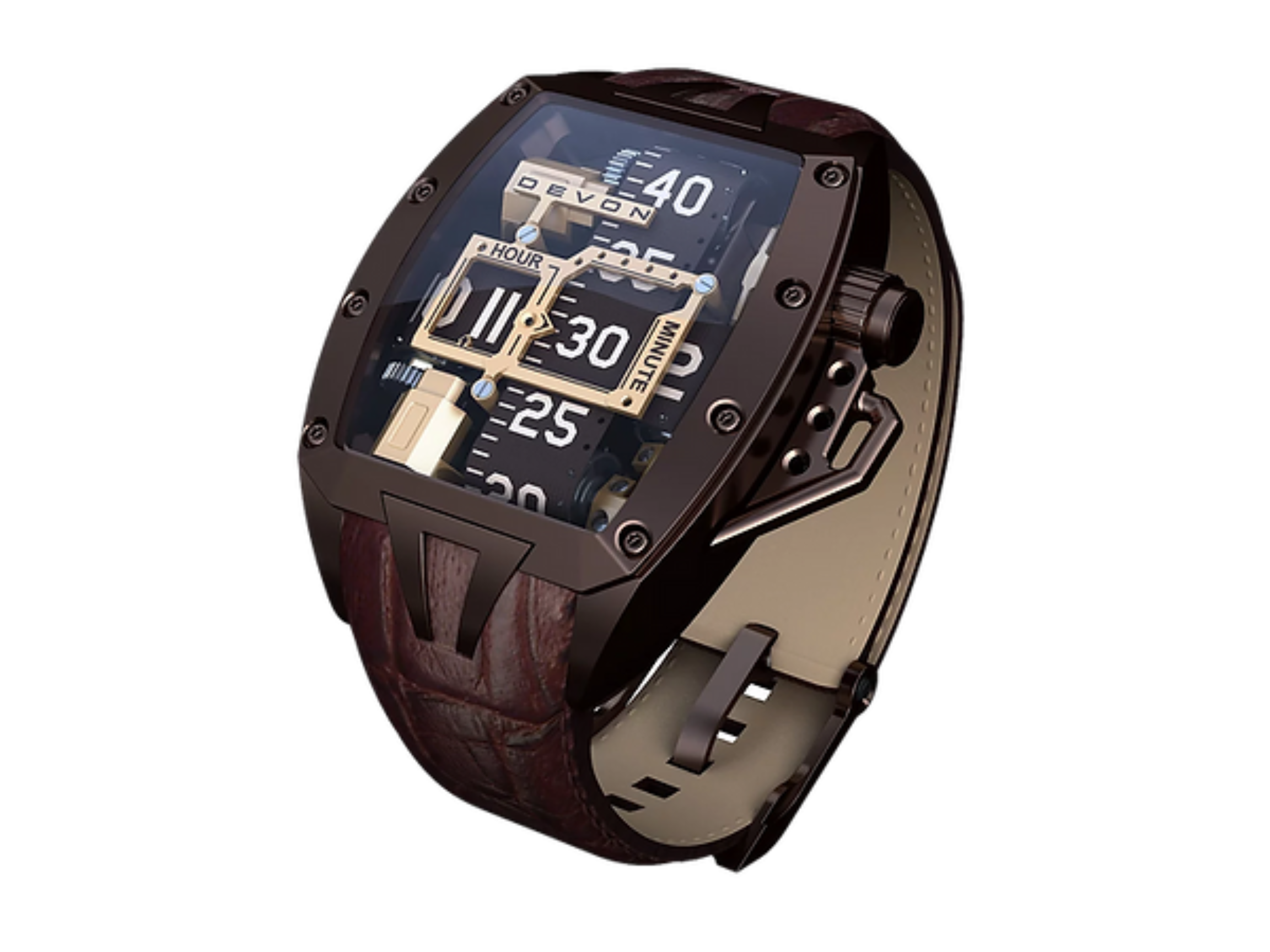
Challenges and Opportunities Ahead
While the resurgence of American watchmaking paints an inspiring picture of revival and innovation, it’s crucial to acknowledge the challenges that lie ahead for these homegrown brands. Competing against established Swiss and Asian manufacturers, who benefit from centuries-old traditions and economies of scale, is no small feat. Nevertheless, these obstacles also present unique opportunities for growth and differentiation.
Scaling Production
One significant hurdle is scaling production while maintaining the high standards of craftsmanship that define American-made watches. Many of these brands start small, with limited production runs, which can make it difficult to achieve economies of scale necessary to compete on price. To overcome this, strategic partnerships with suppliers and investments in advanced manufacturing technologies can play a pivotal role. Collaborations with local artisans and educational institutions to train the next generation of watchmakers are equally important to ensure a sustainable talent pipeline.
Marketing and Brand Awareness
Building brand awareness and capturing consumer attention in a crowded marketplace is another significant challenge. Swiss luxury brands often dominate marketing channels and consumer perception of quality. American brands must leverage storytelling and emphasize their unique selling points, such as their commitment to domestic manufacturing, use of innovative materials, or a distinct design aesthetic. Digital marketing strategies, influencer collaborations, and leveraging e-commerce platforms can help reach wider audiences and build a loyal customer base.
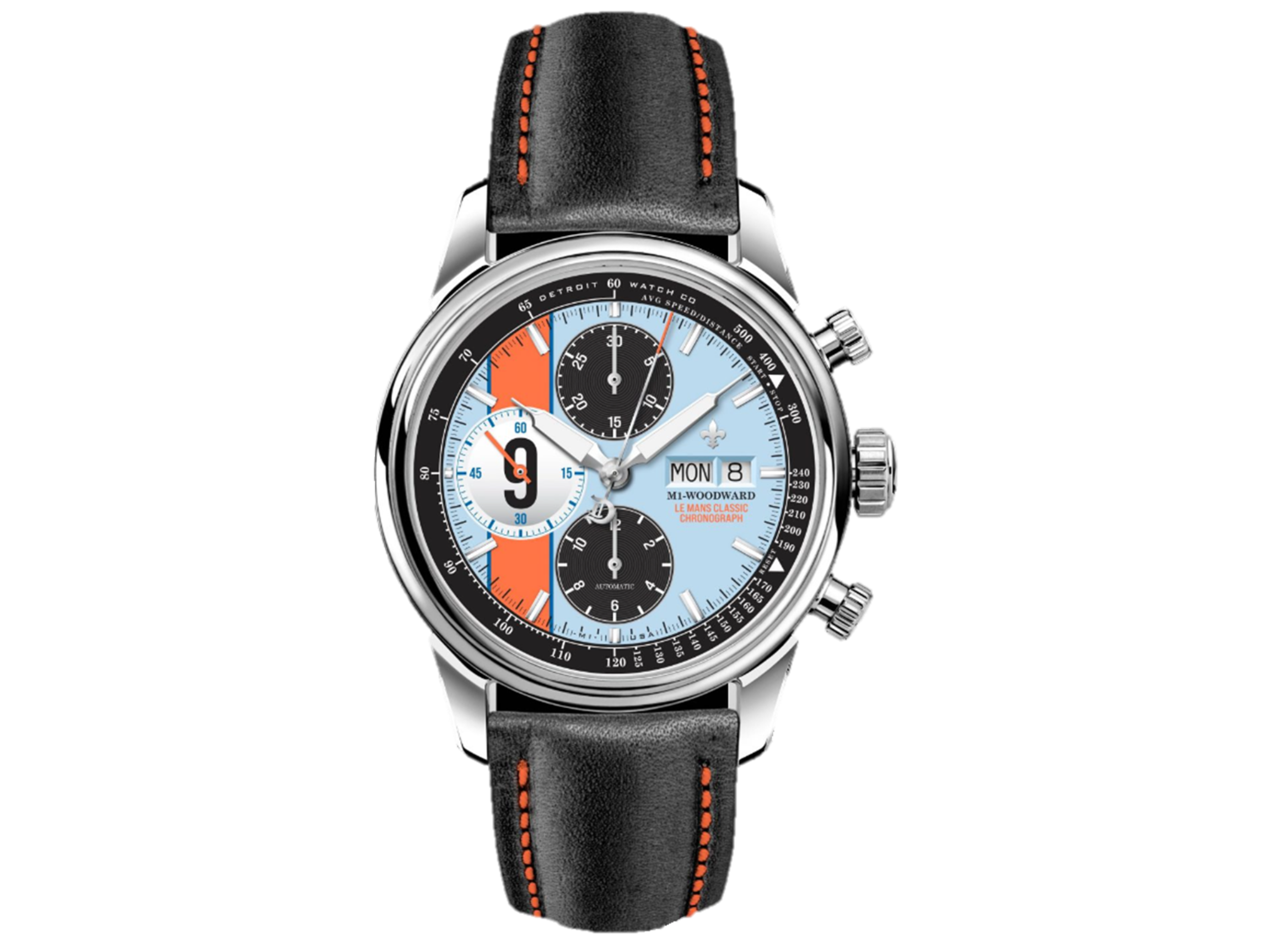
Trade policies and regulations can either facilitate or hinder the growth of American watchmaking. Tariffs on imported components, for instance, can increase production costs, making it harder for small-scale manufacturers to compete. Engaging with policymakers to advocate for supportive measures, such as tax incentives for domestic production or favorable trade agreements, is vital. Moreover, fostering a regulatory environment that encourages innovation and protects intellectual property rights is essential for long-term success.
Sustainability and Ethical Practices
Consumers today are increasingly conscious of the environmental and social impact of their purchases. American watch brands have an opportunity to lead in sustainability by adopting eco-friendly practices, using recycled materials, and ensuring ethical sourcing throughout their supply chains. By doing so, they can appeal to a growing segment of consumers who prioritize responsible consumption, further distinguishing themselves from competitors.
Embracing Technology and Innovation
Finally, American watchmakers must continue to embrace technology and innovation not just in their products but also in their manufacturing processes. Smartwatches and wearable technology have disrupted the traditional watch market, presenting both competition and opportunities for integration. By incorporating smart functionalities into their offerings or developing hybrid watches that merge classic aesthetics with modern technology, American brands can tap into new markets while preserving their artisanal heritage.
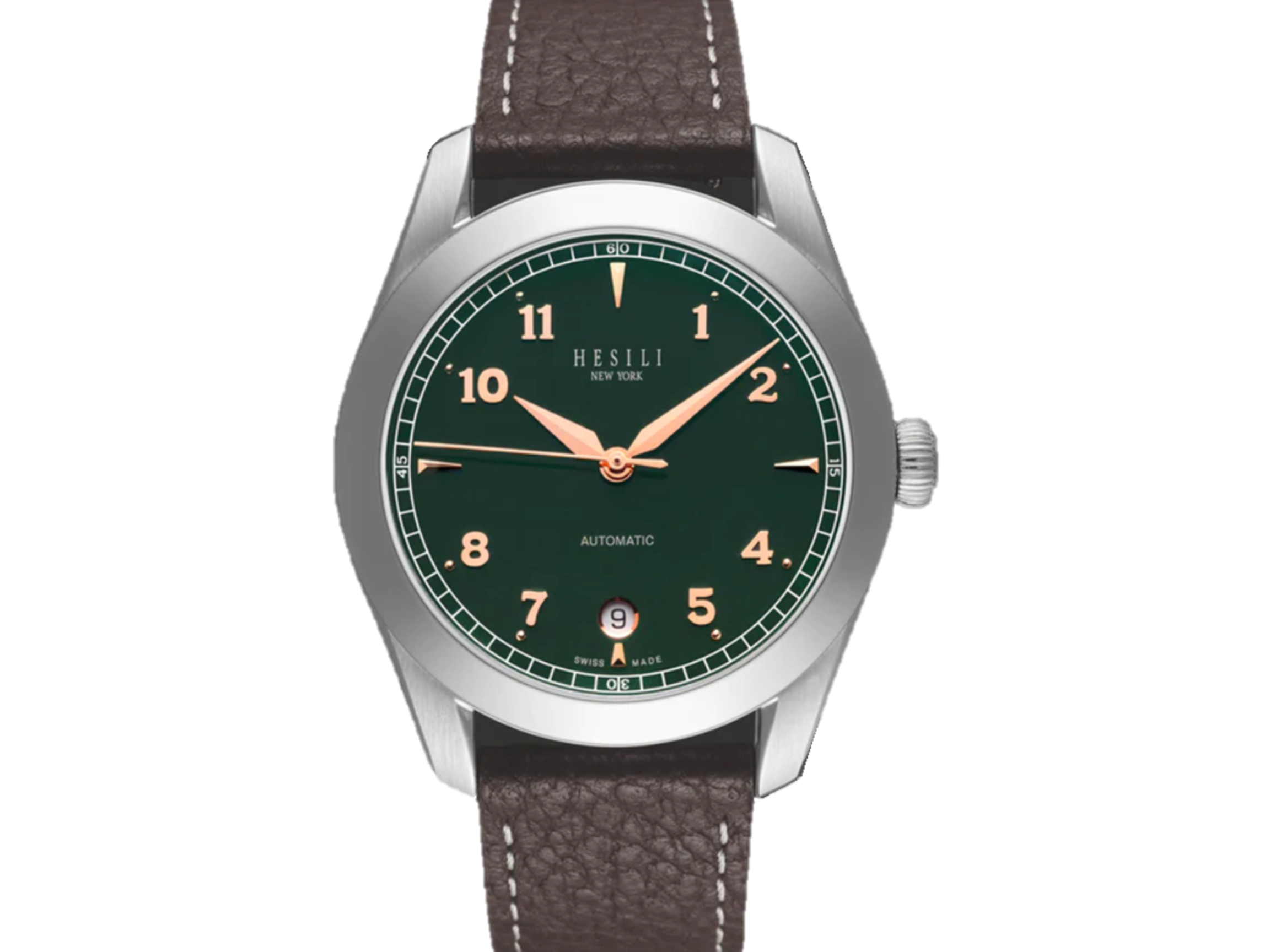
Conclusion
The resurgence of American watchmaking represents more than just a return to form; it’s a testament to the enduring appeal of craftsmanship, innovation, and national pride. With a blend of heritage-inspired designs, cutting-edge technology, and a commitment to sustainability, American watch brands are carving out a distinct niche in the global market. As they continue to evolve, these brands are not just reviving a lost art but also charting a course for the future of American horology.
